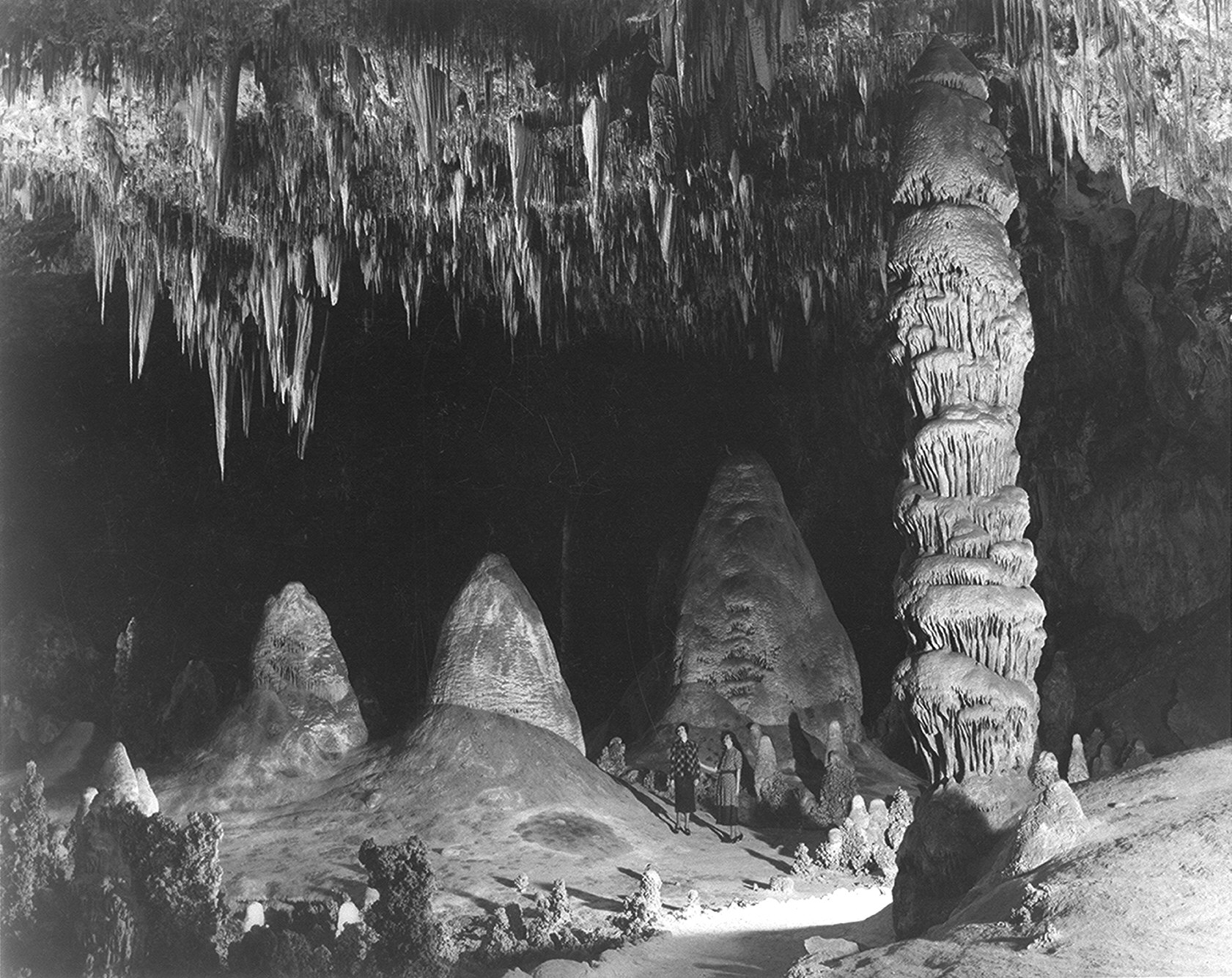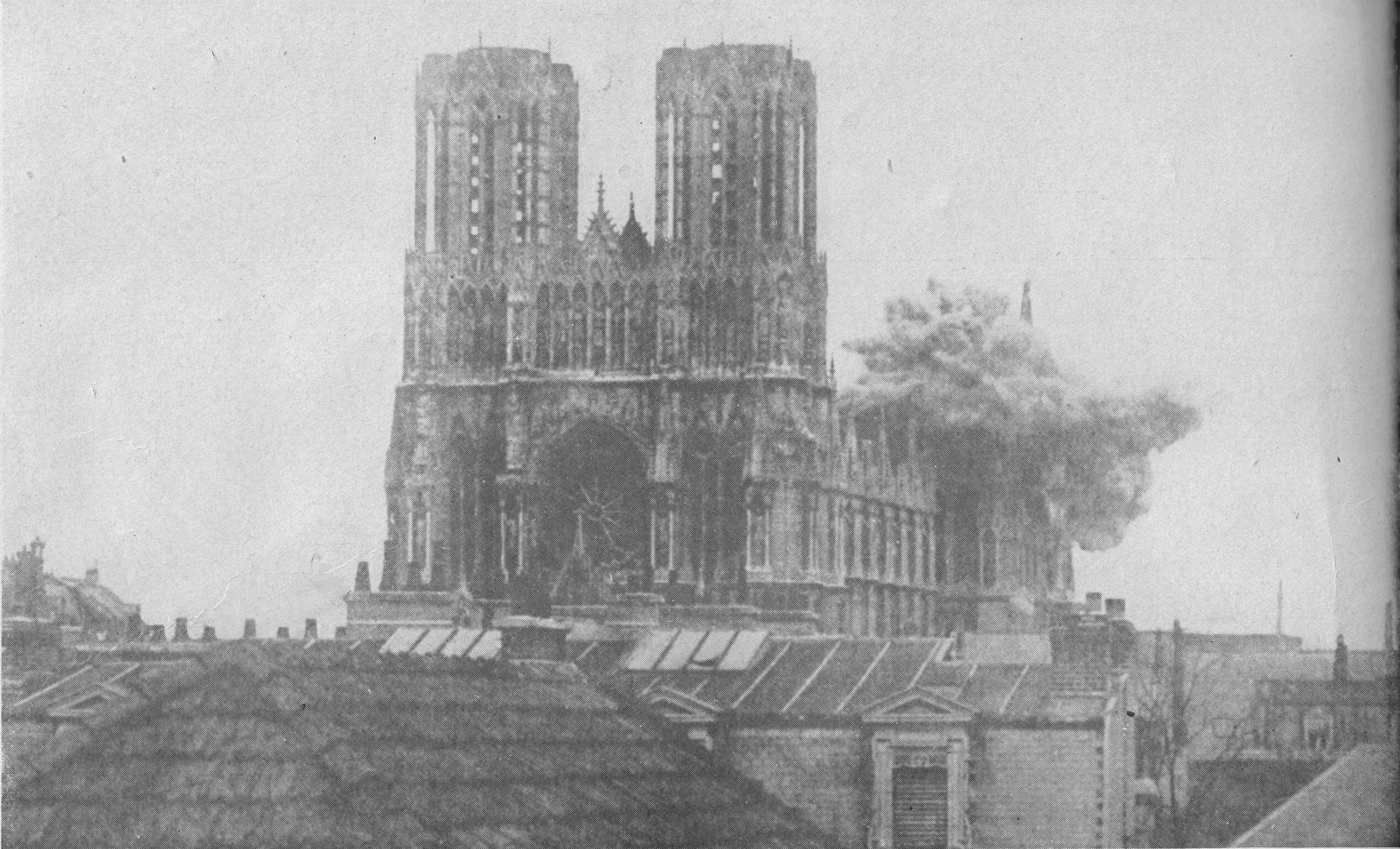 This postcard sent to me by Cuneyt
This postcard sent to me by CuneytWhen the Seleucid Empire was defeated by the Romans in 189 BCE at the Battle of Magnesia it began to fall apart and new kingdoms were established on its territory by local authorities. Commagene being one of the Seleucid successor states occupied a land in between the Taurus mountains and the Euphrates. The state of Commagene had a wide range of cultures which left its leader from 62 BCE - 38 BCE Antiochus I to carry on a peculiar dynastic religious program, in which it included not only Greek and Persian deities but Antiochus and his family as well. This religious program was very possibly an attempt of Antiochus to unify his multiethnic kingdom and secure his dynasty's authority.
 Some of the statues near the peak of Mount Nemrut
Some of the statues near the peak of Mount NemrutAntiochus supported the cult as a propagator of happiness and salvation. Many of the monuments on Mount Nemrud are ruins of the imperial cult of Commagene. The most important area to the cult was the tomb of Antiochus I, in which was decorated with colossal statues made of limestone. Although the Imperial cult did not last long after Antiochus, several of his successors had their own tombs built on Mount Nemrud. For about a half a year Mount Nemrud lays covered in snow which in effect has increased its weathering in which has in part caused its statues to fall in ruin. Read more
Information and Image Obtained From Wikipedia, the free encyclopedia














